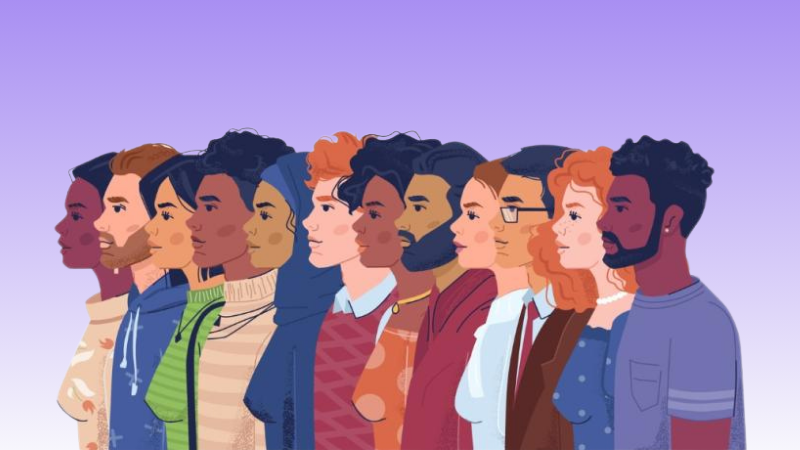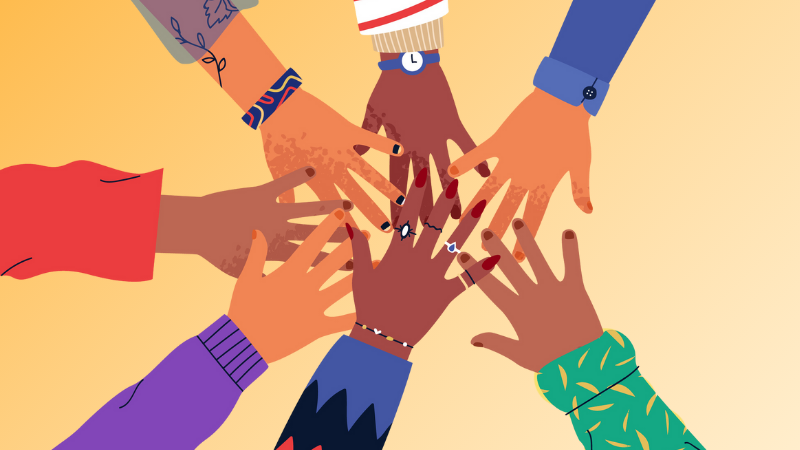Cultural Competence Means Taking Off Your Shoes

Globalization has created a plurality to our world necessitating a level of cultural competence in all aspects of leadership. However, recent shifts in thinking have revealed a greater understanding of the nuances and social construction of culture, revealing ethical dilemmas inherent within the notion of competency (Suen & Suen, 2019).
Cultural competency models came into being in the 1980’s within the helping professions to increase awareness of, and develop sensitivity to the specific norms, practices, and beliefs of different cultural and ethnic groups (Baskin, 2016). Ideally, attaining cultural competence would then support relationship-building between provider and client, helping to bridge the gaps when caring for someone who is “different”.
Despite being designed with the intention of helping care providers communicate ‘better’ with the client, cultural competency models risk reducing cultural attributes into a catalogue of sorts, complete with different profiles for different cultures (Linklater, 2014). Assuming that culture is the only variable that affects encounters between care provider and client risks perpetuating cultural stereotypes and generalizes certain attributes that do not necessarily consider the influences of spirituality, gender, age, sexual orientation, and context, and the intersection of these identities. Additionally, this presupposes homogeneity within that culture, assigning a set of characteristics and an expected narrative to define that individual despite the existence of individual variability (Suen & Suen, 2019). Culture is essentially... essentialized. Assigning cultural attributes as identity markers creates a binary where ‘different’ has somehow become synonymous with ‘lesser than’, which in essence is simply othering by different name.
The idiom “to walk a mile in someone’s shoes” is commonly used to promote cross-cultural understandings, encouraging us to see the world through a different lens. What if we started to view society through a lens where difference was the social norm? What if we asked ourselves how an encounter with the other might compel us to examine our current understanding of life (Kornelsen, Balzer & Magro, 2020)? Where the narratives of a nation are constructed using the all the shoes of the population, rather than only those that were most numerous, or of the same type.
A society of sameness ignores the beauty, the natural and organic chaos that cultural difference and diversity has brought to our societies. In broadening our perspectives to account for the ways in which diversity can enrich the lives and learning of everyone, in viewing the ‘distinct’ as something other than othering, the emphasis on inclusivity shifts from the ways in which we are different, to include the ways in which we are all the same (Hockings, 2011). By taking the time to learn and understand the worldview of others, be it Indigenous, feminist, or that of a specific individual, we can each learn to accept and celebrate our differences. But in doing so, we must first take off our own shoes to walk in those of another.
References:
Baskin, C. (2016). Strong Helpers’ Teachings: The Value of Indigenous Knowledges in the Helping Professions, 2nd ed. Toronto, ON. Canadian Scholars Press.
Hockings, C. (2011). Hearing voices, creating spaces: the craft of the “artisan teacher” in a mass higher education system. Critical Studies in Education, 52(2), 191–205
Kornelsen, L., Balzer, G., & Magro, K. (eds) (2020). Teaching Global Citizenship. Toronton & Vancouver. Canadian Scholars Press.
Linklater, R. (2014). Decolonizing trauma work. Halifax. Fernwood Publishing.
Suen, E., & Suen, B. (2019). Intercultural Communication: A Canadian Perspective. Toronto & Vancouver. Canadian Scholars Press.


